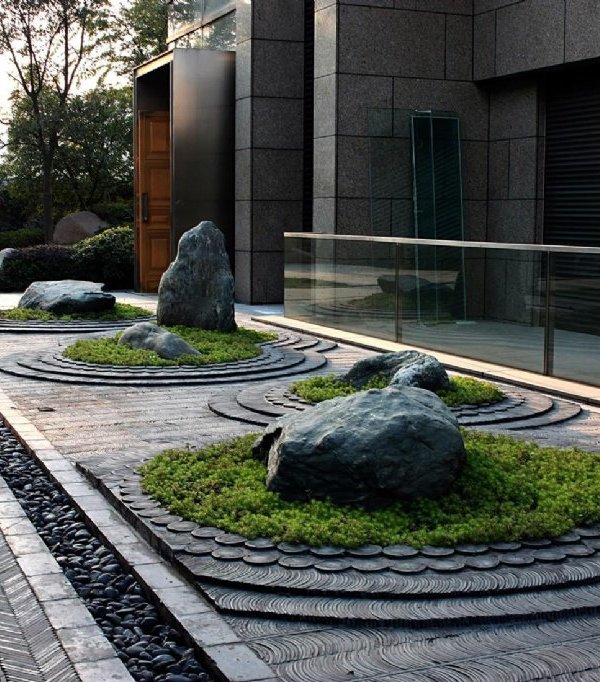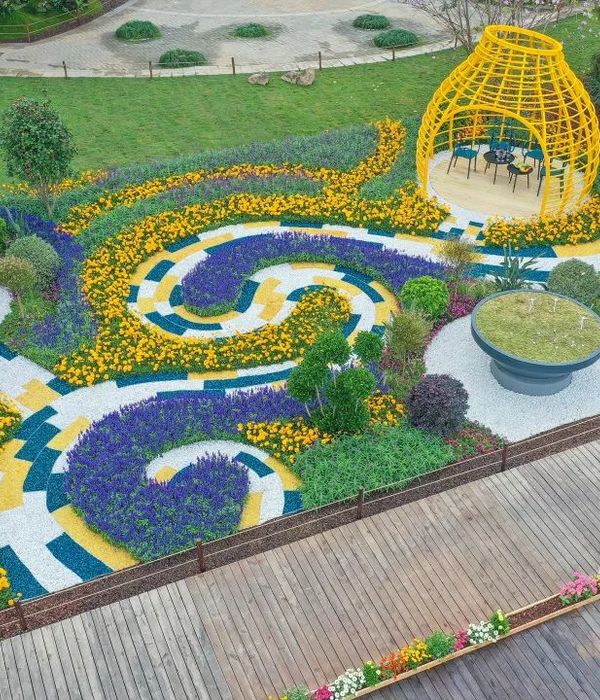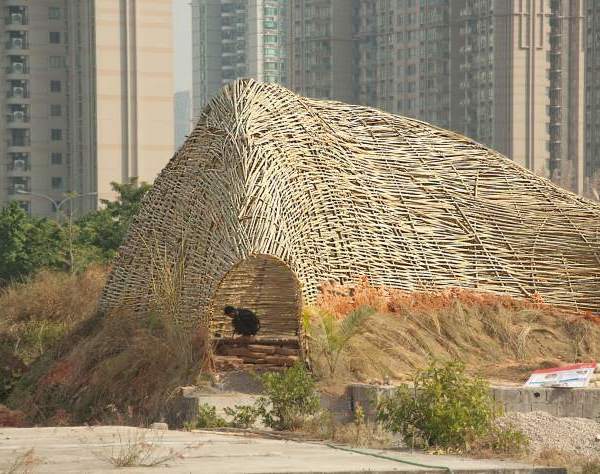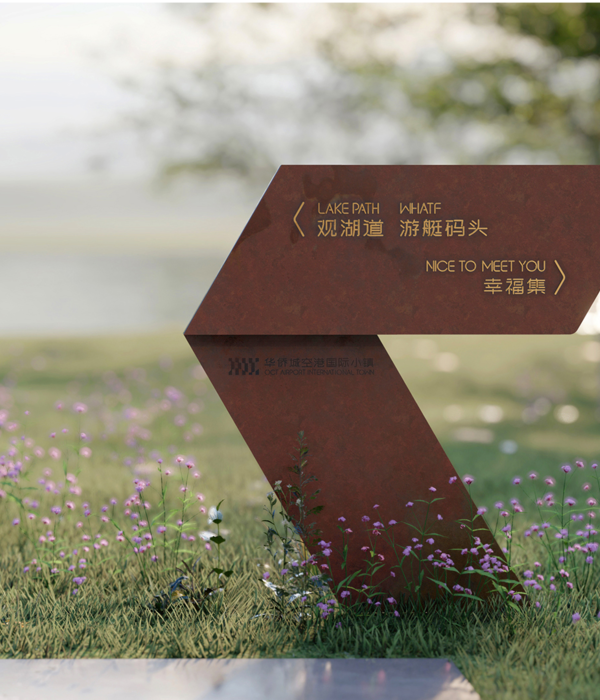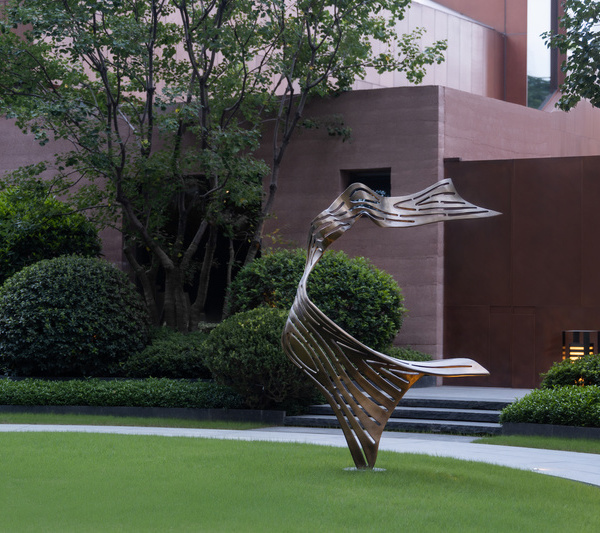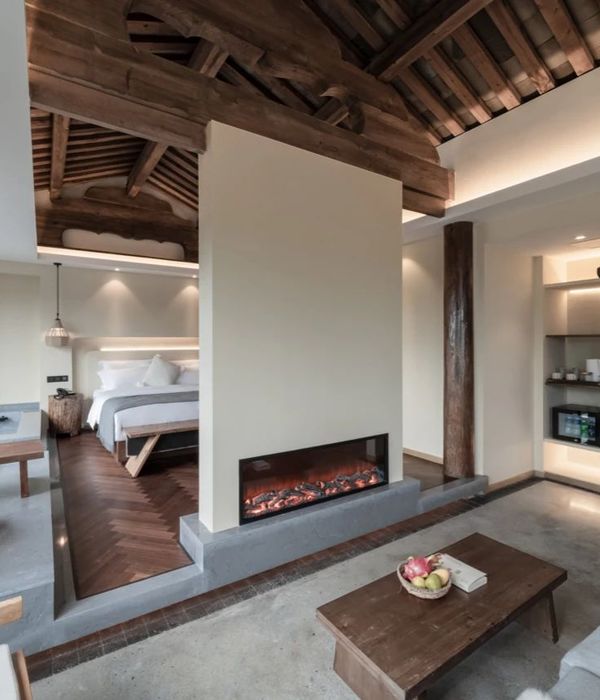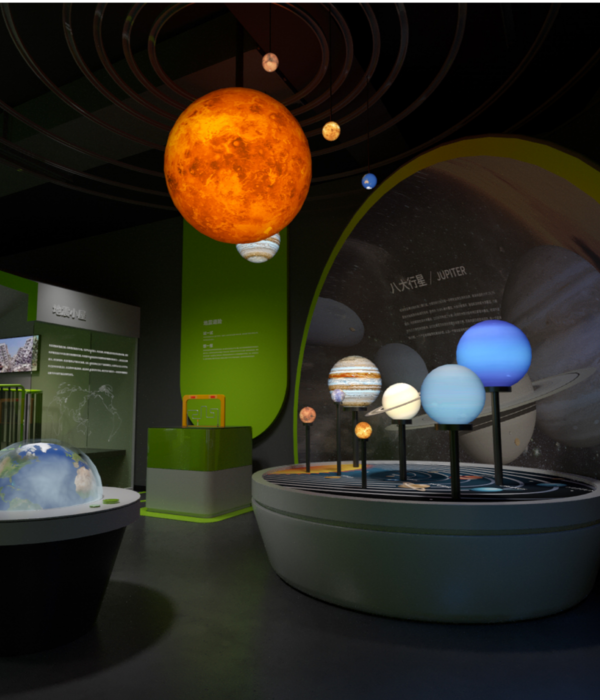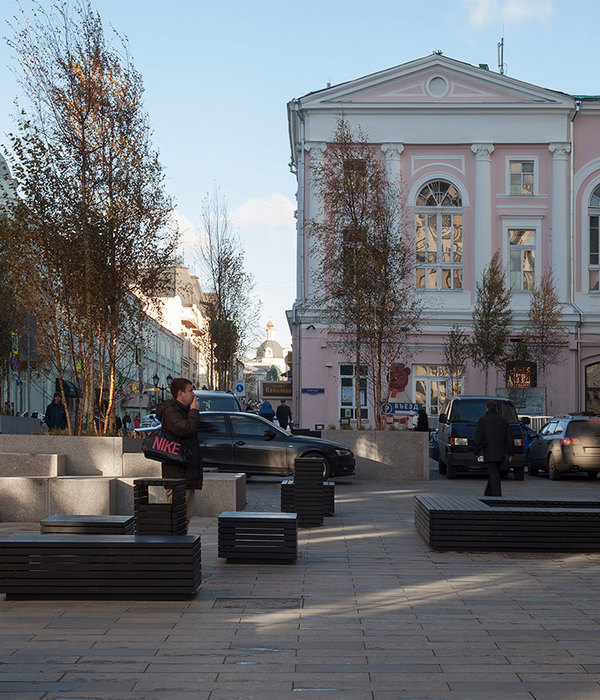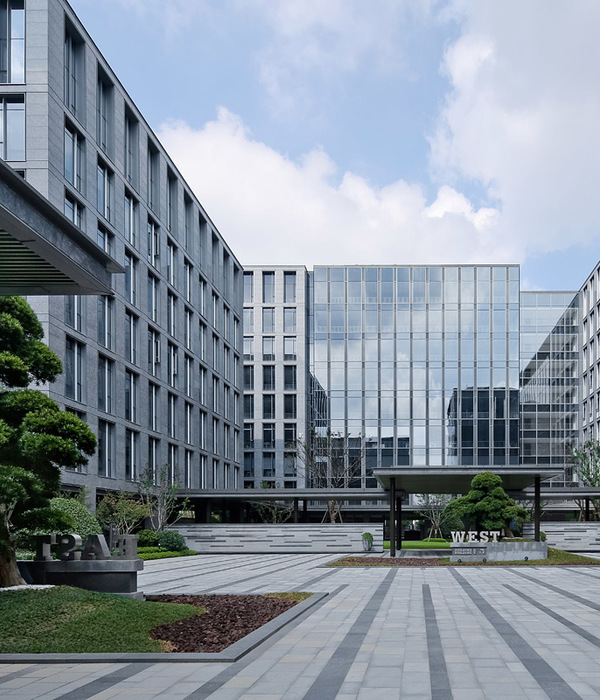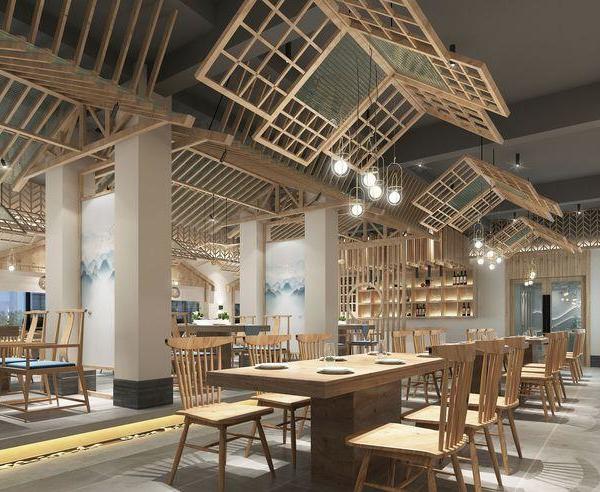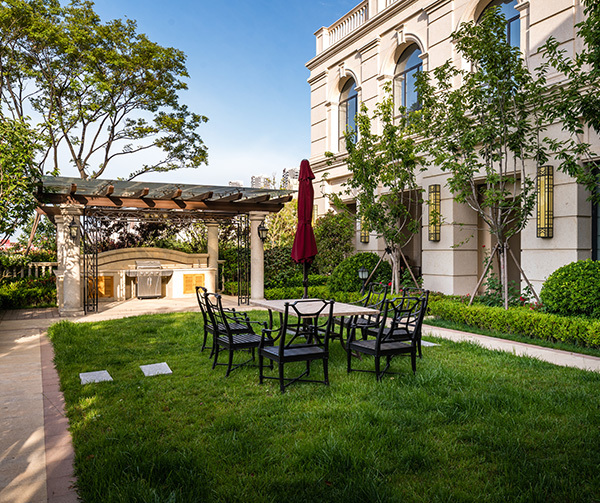The site was a dead-end of space on the lower level of the Fabiani bridge in Ljubljana. The bridge runs on two levels, with a four-lane motorway on the upper level, and a pedestrian bridge on the lower level. The structural characteristics of the bridge formed a pocket of unused, untraversed space under the bridge. Soon after the opening of the bridge, this space became a gathering spot for illegal drug use, homeless sleeping (despite a homeless shelter operating less than 100m away), and crime. The bridge was built in a gap formed by a partial demolition of the complex of the former sugar factory, called Cukrarna. This partial demolition of the factory complex was urbanistically necessary to complete the inner-city ring road. The demolition also presented an opportunity. The complex of the sugar factory was planned for reconstruction and revival, and a transformation of this otherwise degraded area was imminent. But the site was negative: a secluded, covered, uncontrolled space with no surveillance near the city center, inviting unwanted use.
The skate park was intended to function as a controlled space, and the keys could only be acquired from a nearby security guard. This proved counterproductive and even led to conflict. The city then decided to just keep the park open, and then it began to function in earnest. Because it is the only skate park open 24/7, 365 days a year, and is shielded from rain wind, and snow, it became very popular. Due to the constant presence of people, informal oversight of the space was established, and unwanted use of the space disappeared. From an architectural standpoint, it is a transformation exercise. The space was negative, inviting unwanted use. When infused with the right program, the characteristics of the space became positive – skaters thrive in a secluded, covered space. Due to its popularity, informal control is strong. The intervention was well accepted in the city, and today functions well in combination with the renovated Cukrarna building, which has been converted into an art gallery. Together, they present a new generator hub for the wider, otherwise degraded area, which is now undergoing redevelopment.
{{item.text_origin}}

